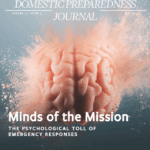
Archives

Emergency preparedness professionals plan for and try to mitigate natural hazard events, but nature is unpredictable. In this May edition of the Domestic Preparedness Journal, experts discuss past hazards and steps communities can take to mitigate their effects.
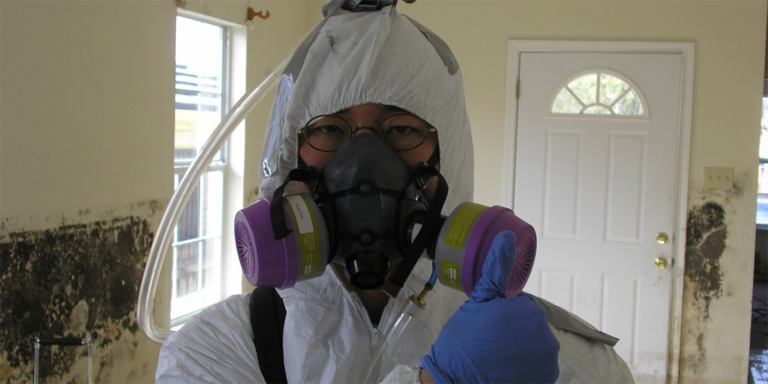
Shielding Communities: Public Health Strategies for Natural Hazards
May 15, 2024
Public health risks are common concerns when natural hazards occur. However, history shows that the increasing frequency of events and growing population sizes have been increasing the scale of events and the needs of affected populations. To mitigate complex public health challenges, personnel across disciplines must plan, coordinate, and develop

The “R” Word
April 10, 2024
Resilience has multiple meanings for public health, emergency, and homeland security management professionals. However, the objective of building resilience should go beyond hazard mitigation. With 2024 being FEMA’s “Year of Resilience,” it is a good time for professionals to start rethinking this concept.
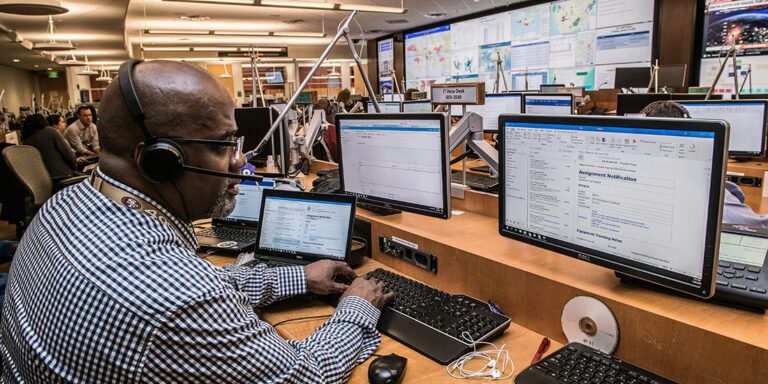
Interoperability During Mass Casualty Incidents
April 3, 2024
During a mass casualty incident, response agencies must be able to communicate in real-time. This means that interoperability plans need to include everyone involved in the response. One lesson learned from past incidents is that hospitals are an often overlooked “responder.” Learn what one agency is doing to close this

An Editor’s Personal Journey to Emergency Preparedness
March 27, 2024
In honor of Women’s History Month, the March edition of the Domestic Preparedness Journal features articles by inspirational women who, through their service and writing, are instrumental in building more prepared and resilient communities. The editor also shares her personal journey into emergency preparedness.

Emergency Management Goes to the Hill
March 27, 2024
Emergency managers work behind the scenes to ensure the safety, security, and resilience of communities before, during, and after a disaster. As the requests for assistance increase, funding is not meeting these demands. Leaders from three nationwide organizations went to Washington, D.C., to advocate for emergency management professionals and urge
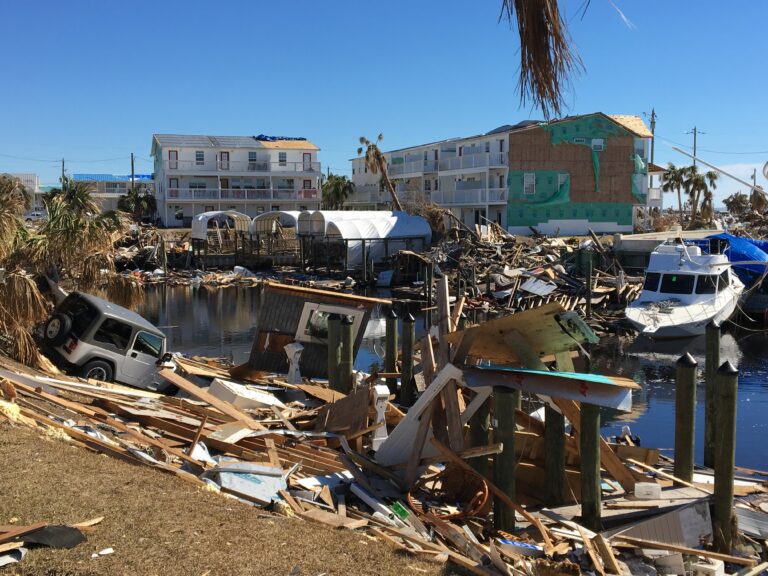
Gaining New Skills During Emergency Management Assistance Compact Assignments
March 20, 2024
Emergency management draws people from many backgrounds and career paths. Some enter the field directly from college, some as a second career, and others have circumstances that lead them to this career over time. Read inspiring stories that led three of these professionals to this growing field.
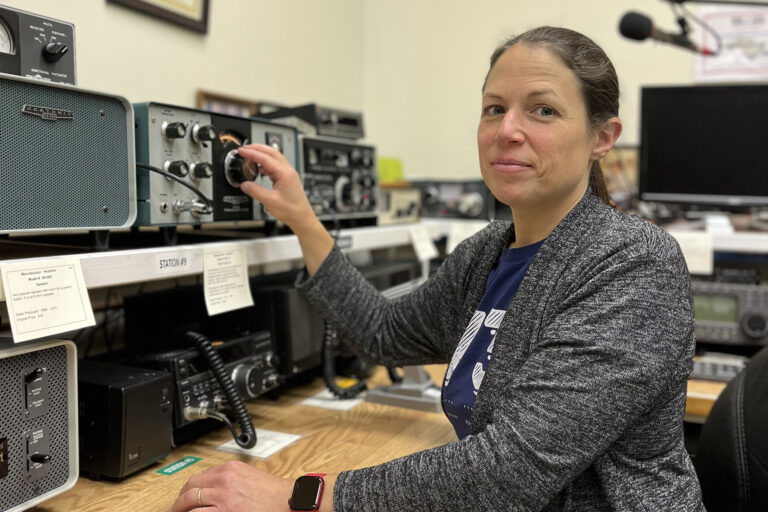
Amateurs of Action – The Women of Radio
March 6, 2024
Volunteers are transforming emergency preparedness with an inclusive, diverse movement of impactful community engagement. Explore the inspiring stories of some remarkable women breaking barriers and building resilient communication networks in the heart of amateur radio.

Executive Function: The Crisis Leader’s Edge in a High-Pressure World
March 6, 2024
Disaster management and leadership in a fast-paced and complex world demands more than technical skills and knowledge. By understanding how the brain works and the role that executive function plays, crisis leaders can be better equipped to make tough decisions and lead effectively under the toughest pressures.
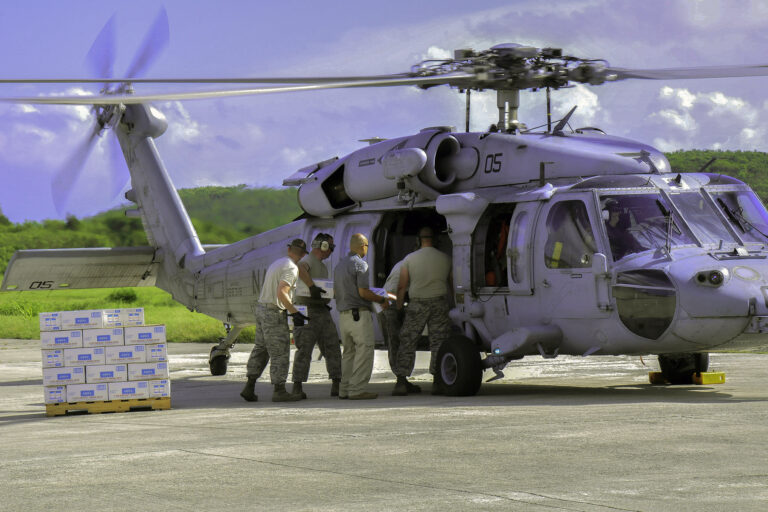
The [Evil] Empire Strikes Back: National Security Emergencies
February 7, 2024
After the Cold War fears of the 1980s ended, attention shifted from nation-state threats to terrorism and large-scale natural hazards. However, a federal emergency planner says the return of these threats should prompt a review of the national security emergencies concept to ensure communities are prepared to address them.


